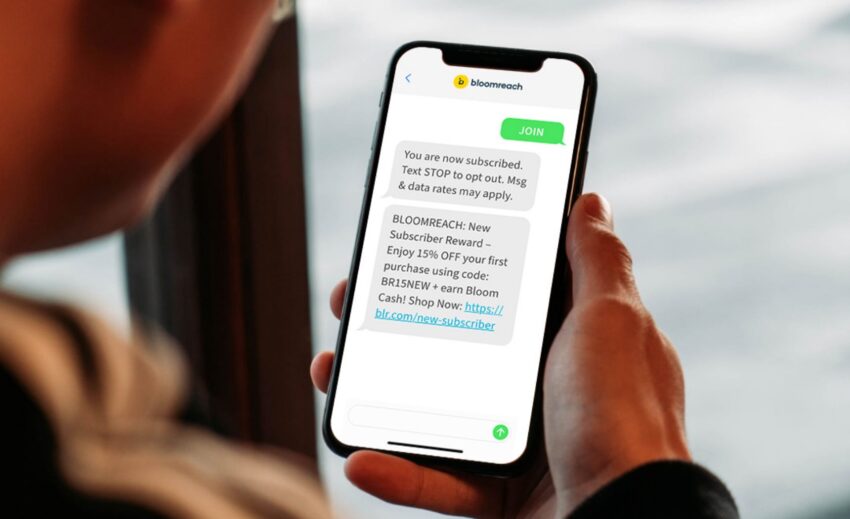In today’s fast-paced digital world, businesses are constantly seeking innovative ways to reach their target audience and maximize their marketing efforts. One such effective strategy that has gained significant traction in recent years is text message marketing. With the ever-increasing use of mobile devices, text message marketing presents a direct and personalized way to engage customers and drive conversions. To harness the full potential of text message marketing, businesses need to implement strategic approaches that ensure maximum reach and impact. Below are some key strategies for effectively leveraging text message marketing.
First and foremost, it’s crucial to build a permission-based subscriber list. This involves obtaining explicit consent from individuals to receive marketing messages via text. Utilizing opt-in forms on your website, social media platforms, and other marketing channels can help grow your subscriber list organically. Additionally, incentivizing sign-ups with exclusive offers or discounts can entice more customers to opt in.
Once you have a robust subscriber list, it’s essential to segment your audience based on their preferences, behaviors, and demographics. This allows for highly targeted and personalized messaging, increasing the relevance and effectiveness of your campaigns. For instance, you can create separate segments for new customers, loyal customers, or those interested in specific product categories.
Crafting compelling and concise messages is another critical aspect of successful text message marketing. Keep your texts short, engaging, and to the point. Incorporate clear calls-to-action (CTAs) that prompt recipients to take desired actions, such as visiting your website, making a purchase, or participating in a promotion. A well-crafted message with a strong CTA can significantly boost conversion rates.
Timing plays a crucial role in text message marketing. Send messages at times when your audience is most likely to be receptive, such as during non-intrusive hours and avoiding peak busy times. Additionally, leverage data and analytics to track engagement metrics and adjust your sending schedule for optimal results.
Utilizing multimedia elements can make your text messages more visually appealing and engaging. Incorporate images, videos, GIFs, or emojis where relevant to capture attention and convey your message effectively. However, ensure that multimedia content enhances the message rather than overshadowing it.
Furthermore, don’t overlook the power of automation and personalization in text message marketing. Use automation tools to schedule messages, set up drip campaigns, and send personalized offers based on customer interactions and preferences. Personalized messages tailored to each recipient’s interests and past behaviors can significantly increase engagement and conversions.
Lastly, continually analyze and optimize your text message marketing campaigns. Monitor key performance indicators (KPIs) such as open rates, click-through rates, conversion rates, and unsubscribe rates to gauge effectiveness. Experiment with different strategies, A/B test your messages, and refine your approach based on data-driven insights.
In conclusion, text message marketing, when executed strategically, can be a powerful tool for reaching and engaging your target audience. By building a permission-based subscriber list, segmenting your audience, crafting compelling messages, optimizing timing, incorporating multimedia, leveraging automation and personalization, and continually refining your approach, you can maximize the reach and effectiveness of your text message marketing efforts.
For more insights and tools to enhance your text message marketing strategies, consider visiting textingbase.com, a leading platform for streamlining and optimizing SMS campaigns.
